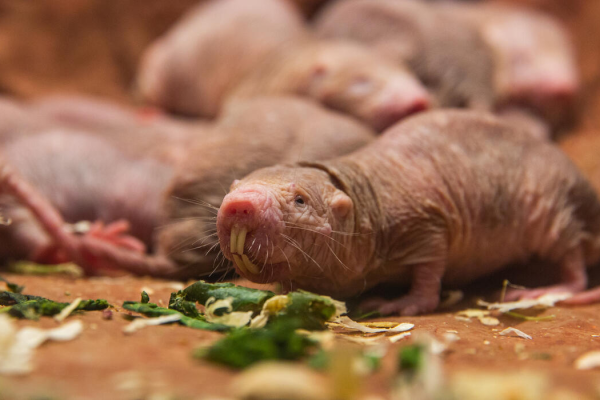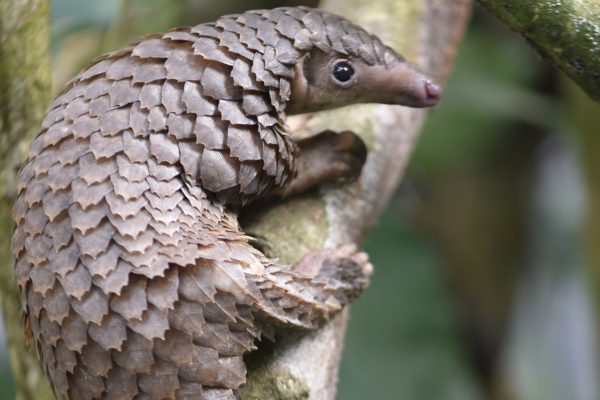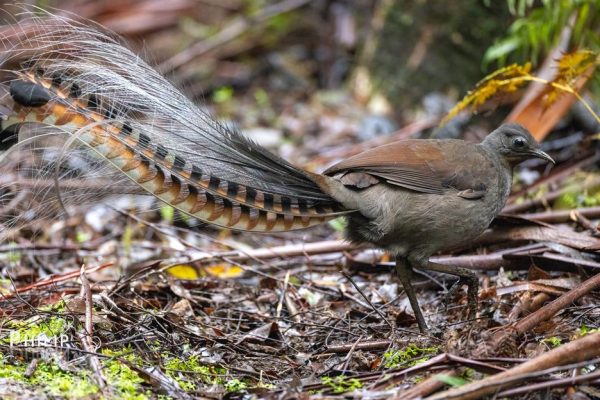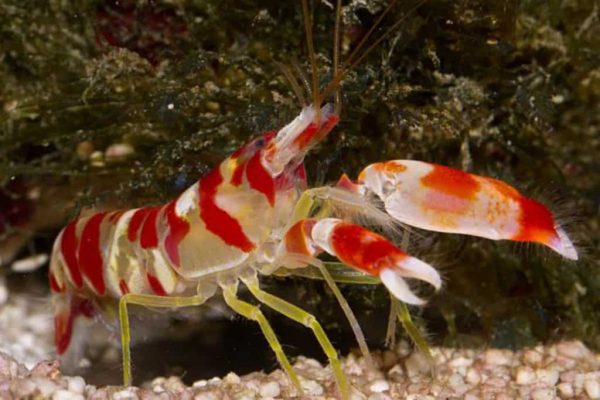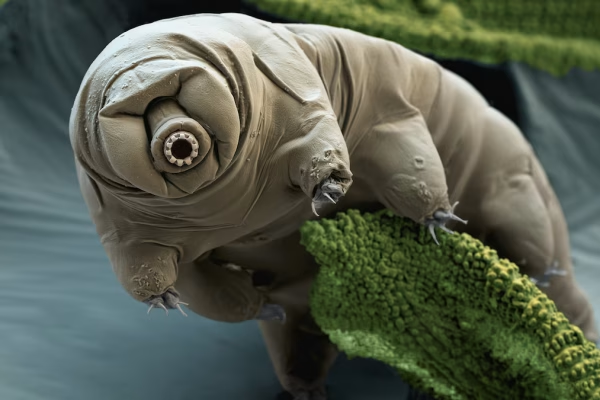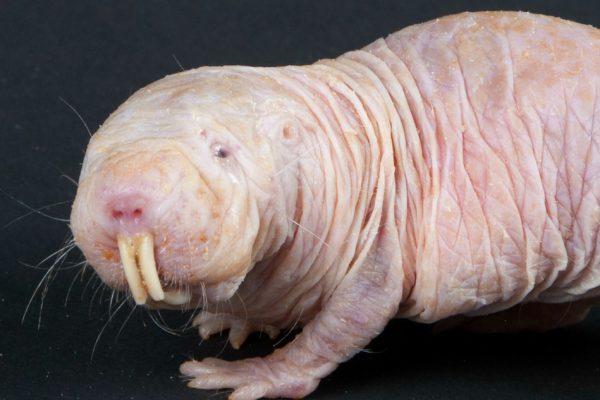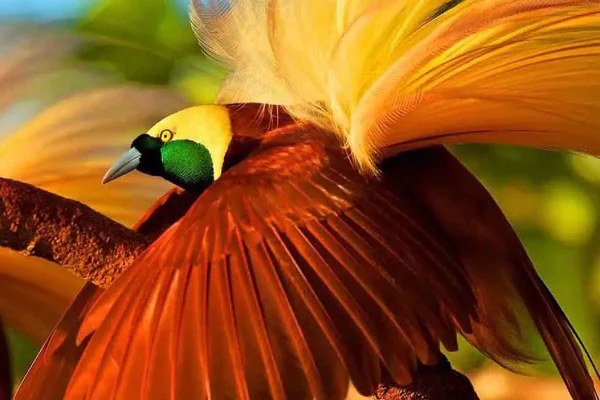
Surprising Acts of Self-Medication: When Wild Animals Become Their Own Healers
Nature often defies human expectations, and one of the more fascinating revelations in recent animal behavior research is the ability of wild creatures to use plants or substances from their environment to treat ailments. A documented example involves an orangutan in Indonesia that was observed chewing leaves of a medicinal plant and applying the pulp…
